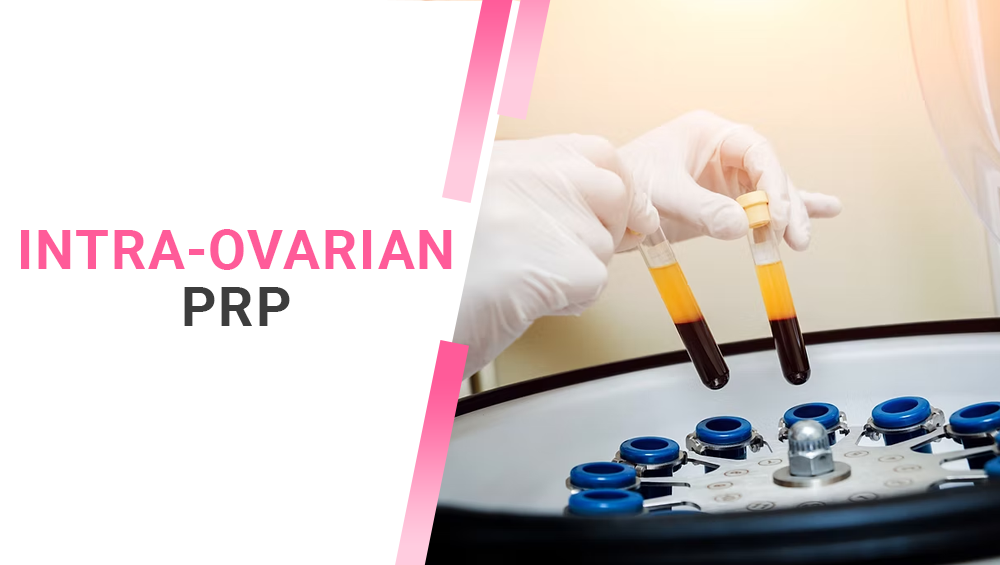Intra-ovarian PRP Therapy
If you’ve been told your ovarian reserve is too low, that your eggs aren’t viable, or that your only option is donor eggs—there may still be another way. Intra-ovarian PRP (Platelet-Rich Plasma) therapy is one of the newest frontiers in fertility care, offering a glimmer of possibility for women who thought they were out of options.
What Is Intra-Ovarian PRP?
This treatment uses your own blood—specifically, the healing platelets within it—to nourish and rejuvenate your ovaries. Here’s how it works:
A small amount of blood is drawn, just like in a routine test.
It’s processed in a centrifuge to isolate the platelet-rich plasma (PRP)—which contains growth factors that support tissue repair and regeneration.
The PRP is then carefully injected into your ovaries under ultrasound guidance, usually while you’re lightly sedated.
The aim? To stimulate your ovaries, support new follicle growth, and give your body a chance to produce better quality eggs naturally.
Who Might Consider This Treatment?
This therapy is especially worth exploring if you:
Are over 35 and facing age-related fertility decline
Have a history of poor egg quality in IVF cycles
Have been diagnosed with low AMH or high FSH levels
Are experiencing early menopause or premature ovarian insufficiency (POI)
Have been told you’re not a candidate for IVF with your own eggs
For many women, it offers something that’s been missing: hope.
What Can You Expect?
The procedure is minimally invasive and usually takes just a few hours. Most women are up and about within a day or two. Since PRP comes from your own body, the risk of side effects is very low.
And while it’s still a developing treatment, early results are promising. Some women have:
Seen their menstrual cycles return
Noticed improvements in hormone levels (like AMH)
Had better outcomes in IVF cycles
Even conceived naturally
A Reality Check (Because You Deserve Honesty)
Intra-ovarian PRP isn’t a miracle cure. It won’t work for everyone—and results can vary. But for the right candidate, it can open doors that once seemed closed. That’s why it’s so important to have an open, honest conversation with a fertility specialist who understands your unique journey.
Hope Backed by Science
As reproductive medicine evolves, so does our understanding of the body’s ability to heal itself. Intra-ovarian PRP is part of that evolution—a treatment that’s rooted in science but driven by the very human desire to become a parent.
If you’ve felt like time is working against you, or that the odds have been stacked too high, this could be the gentle nudge your body needs.

